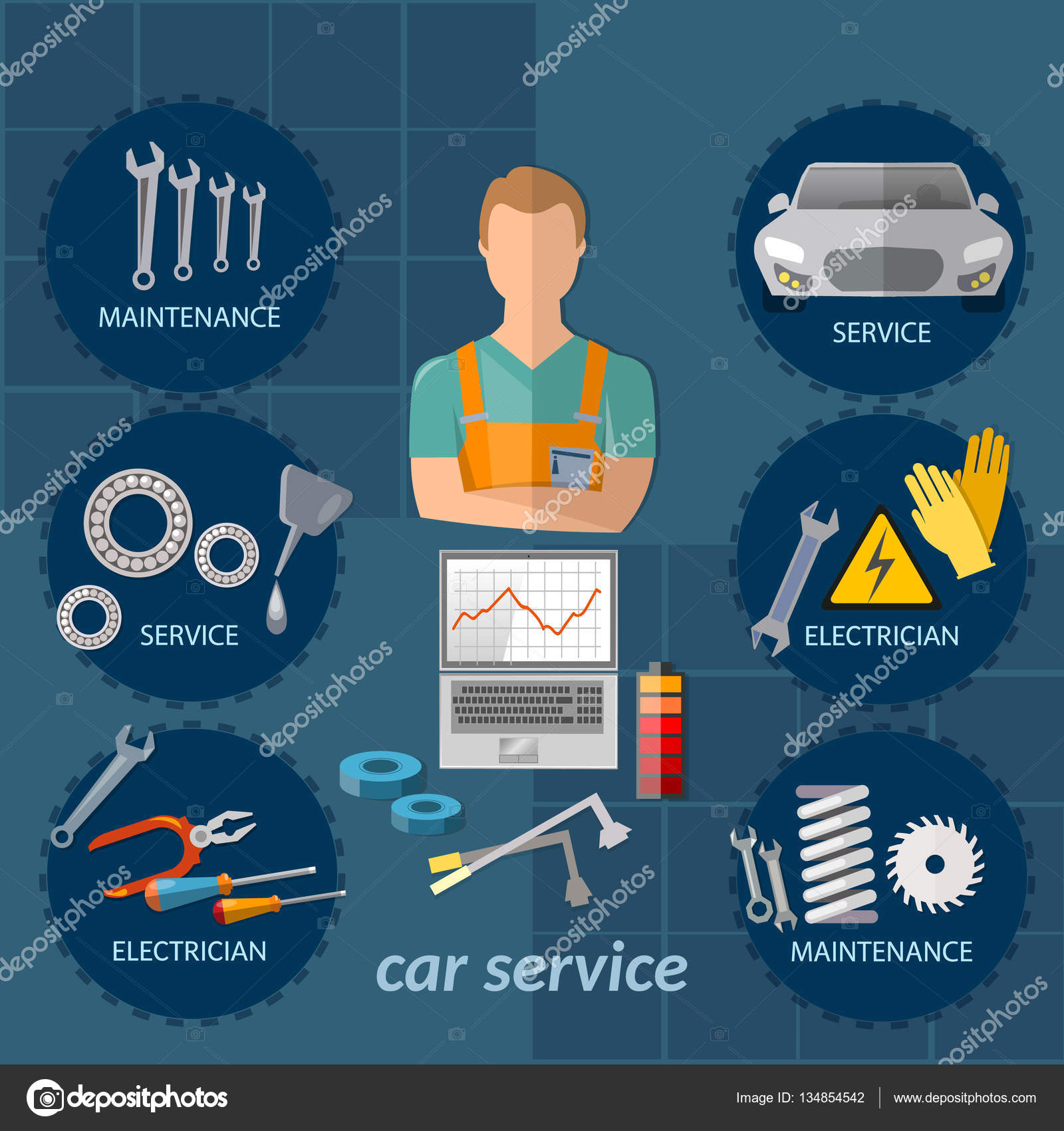Decoding The Most Common Caution Lights On Your Dashboard And Their Analyses
Decoding The Most Common Caution Lights On Your Dashboard And Their Analyses
Blog Article
Material By-Hamrick MacMillan
When you lag the wheel, those dashboard warning lights can be a real secret. Yet did you recognize that decoding them can conserve you from prospective vehicle problems down the road? From the ominous check engine light to the refined oil stress warning and the ever-important battery light, every one functions as a vital signal from your lorry. It's time to clarify these typical control panel warnings and furnish yourself with the understanding to browse the roadway in advance.
Comprehending the Examine Engine Light
When your control panel illuminates with the check engine light, it's important not to panic however to take immediate action. The check engine light serves as a warning that your vehicle's onboard analysis system has actually discovered a prospective issue with the engine, discharges, or other critical components. Disregarding this light can result in more severe issues down the road, so it's essential to address it promptly.
To recognize the resource of the concern setting off the check engine light, you can use an OBD-II scanner to fetch the specific trouble codes saved in your vehicle's computer system. These codes offer important info that can assist identify the underlying trouble.
While please click the next website triggering the check engine light might be minor, such as a loose gas cap, others could show much more substantial concerns that need specialist interest.
Decoding the Oil Stress Caution
Upon witnessing the oil pressure advising light on your dashboard, immediate focus is important. This caution shows that the oil stress in your engine might be as well low, which can result in major engine damages otherwise attended to without delay. Reduced oil stress can be brought on by a range of problems such as a leakage, a malfunctioning oil pump, or reduced oil levels. Ignoring this warning light can cause expensive repairs or perhaps engine failing.
If you see the oil pressure cautioning light come on, the primary step is to safely pull over to the side of the road and switch off your engine. Examine the oil level using the dipstick and guarantee it goes to the suggested degree.
If the oil level is low, top it up with the suitable oil for your car. If https://www.consumerreports.org/fuel-economy-efficiency/how-to-get-the-best-fuel-economy-now-a6660320487/ is sufficient, do not continue driving and seek aid from an auto mechanic to diagnose and fix the concern promptly. Remember, maintaining proper oil pressure is crucial for the wellness and longevity of your engine.
Interpreting the Battery Light
To analyze the importance of the battery light on your control panel, you must recognize its vital function in your vehicle's electric system. When the battery light brightens while you're driving, it indicates that the electric system isn't getting adequate power from the battery.
This could be due to a stopping working battery, a faulty alternator, or problems with the charging system. Neglecting this warning light can cause your automobile delaying or being unable to begin.
If the battery light begins, it's advised to safely pull over and have your automobile examined by a mechanic immediately. They can perform diagnostics to determine the underlying concern and stop a potential malfunction.
Final thought
Now that you know just how to recognize the most common caution lights on your dashboard and what they suggest, you can deal with any kind of possible problems without delay. Bear in mind, the check engine light, oil stress caution, and battery light are all important indicators of your lorry's health and wellness. Stay educated, remain secure, and keep your vehicle running smoothly by paying attention to these warning signs.
